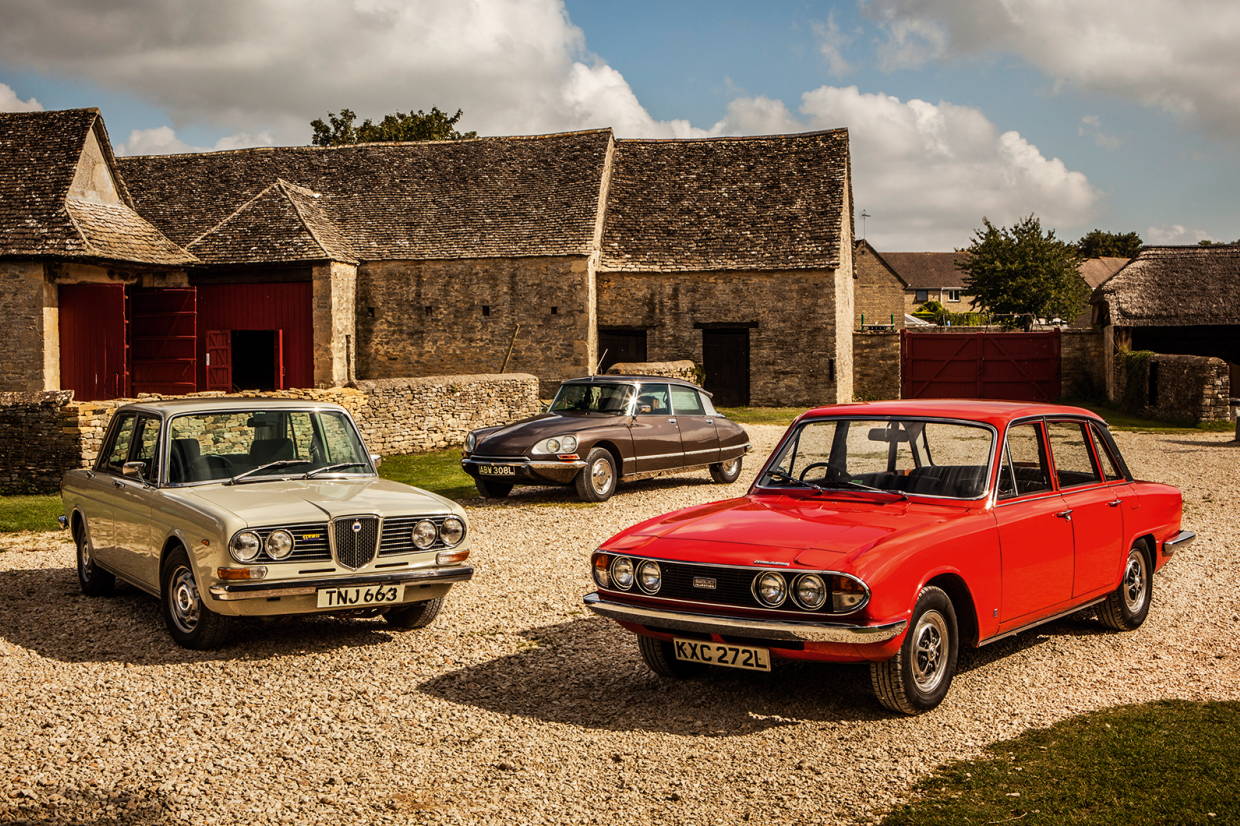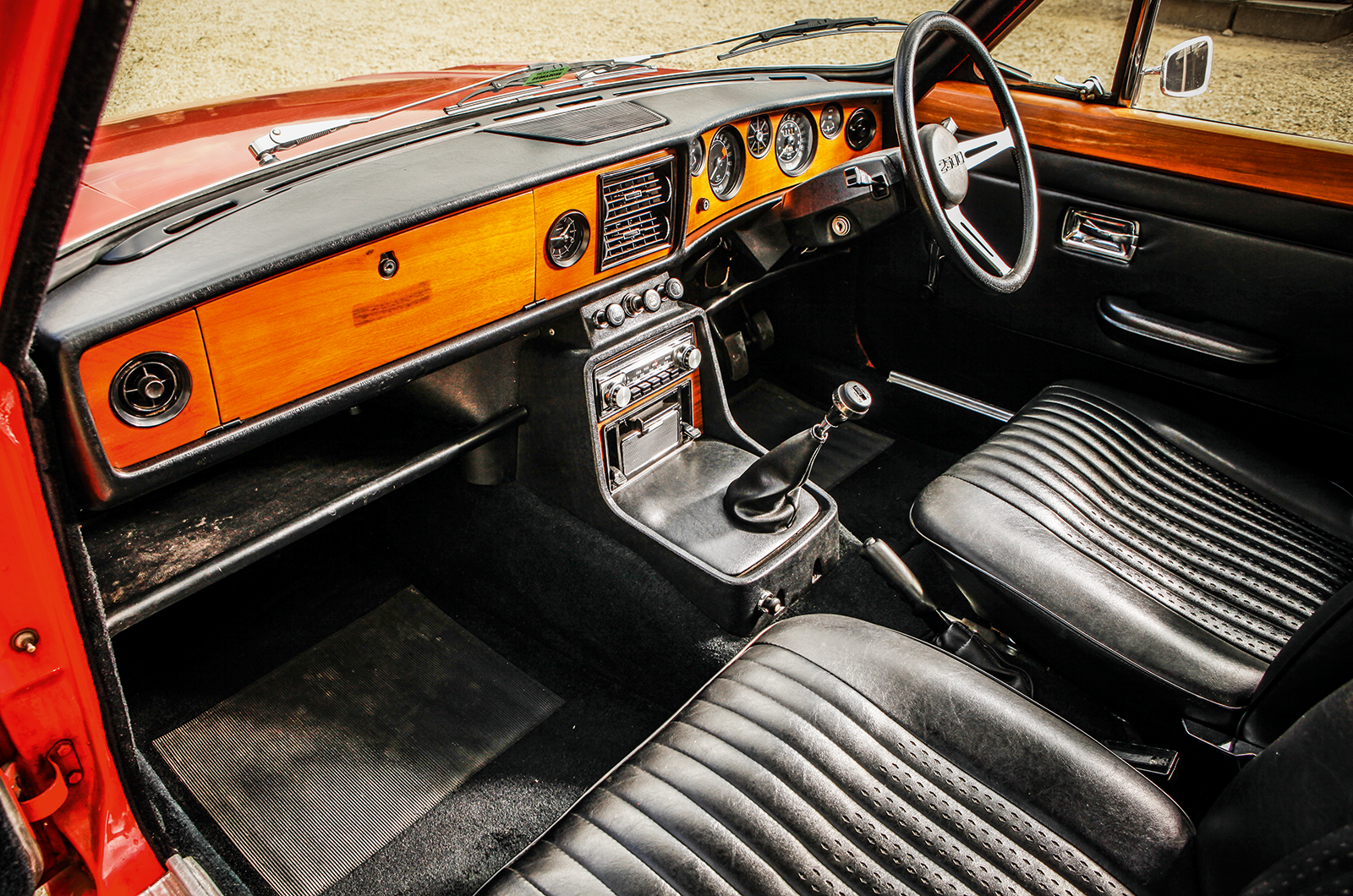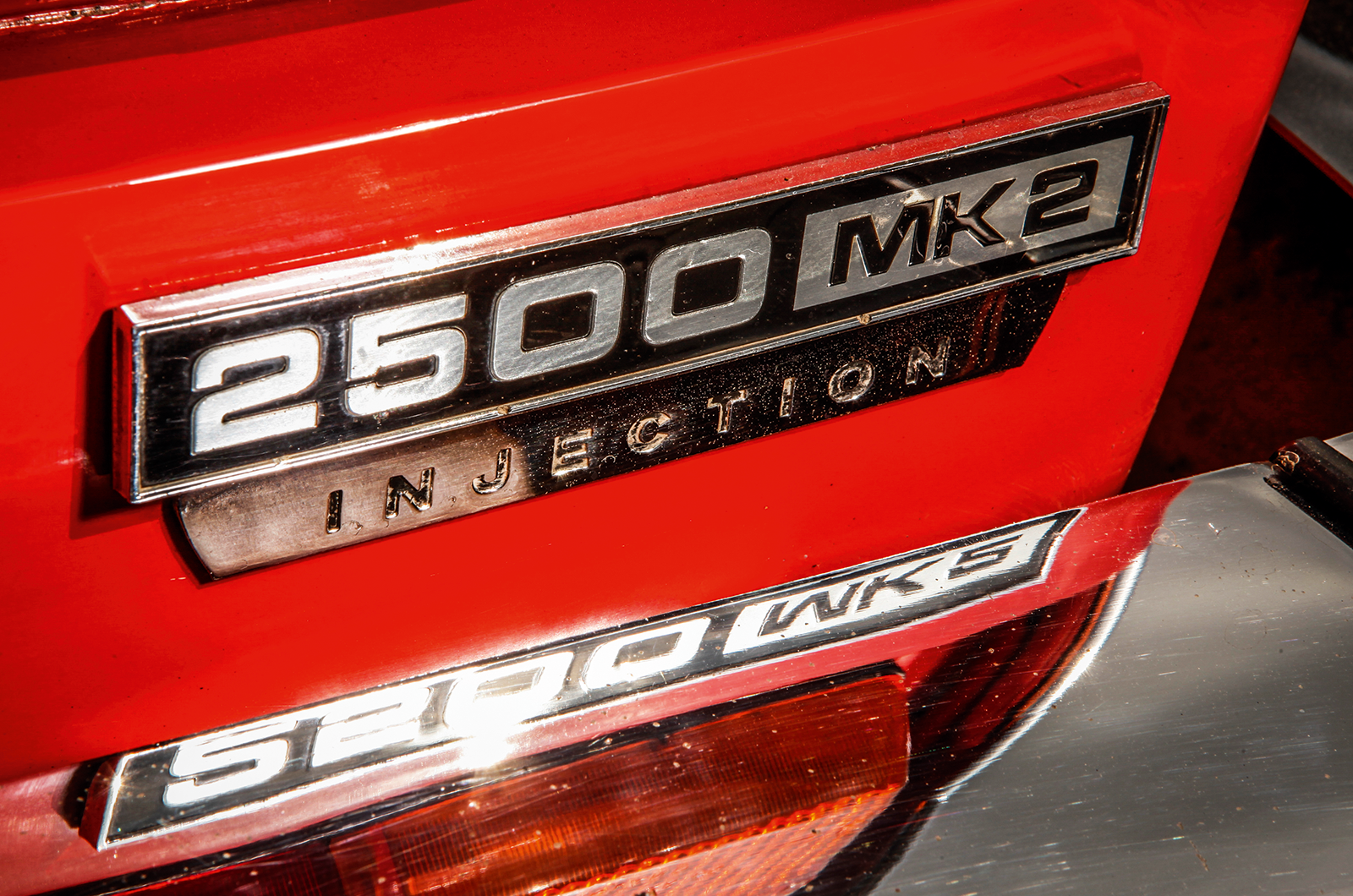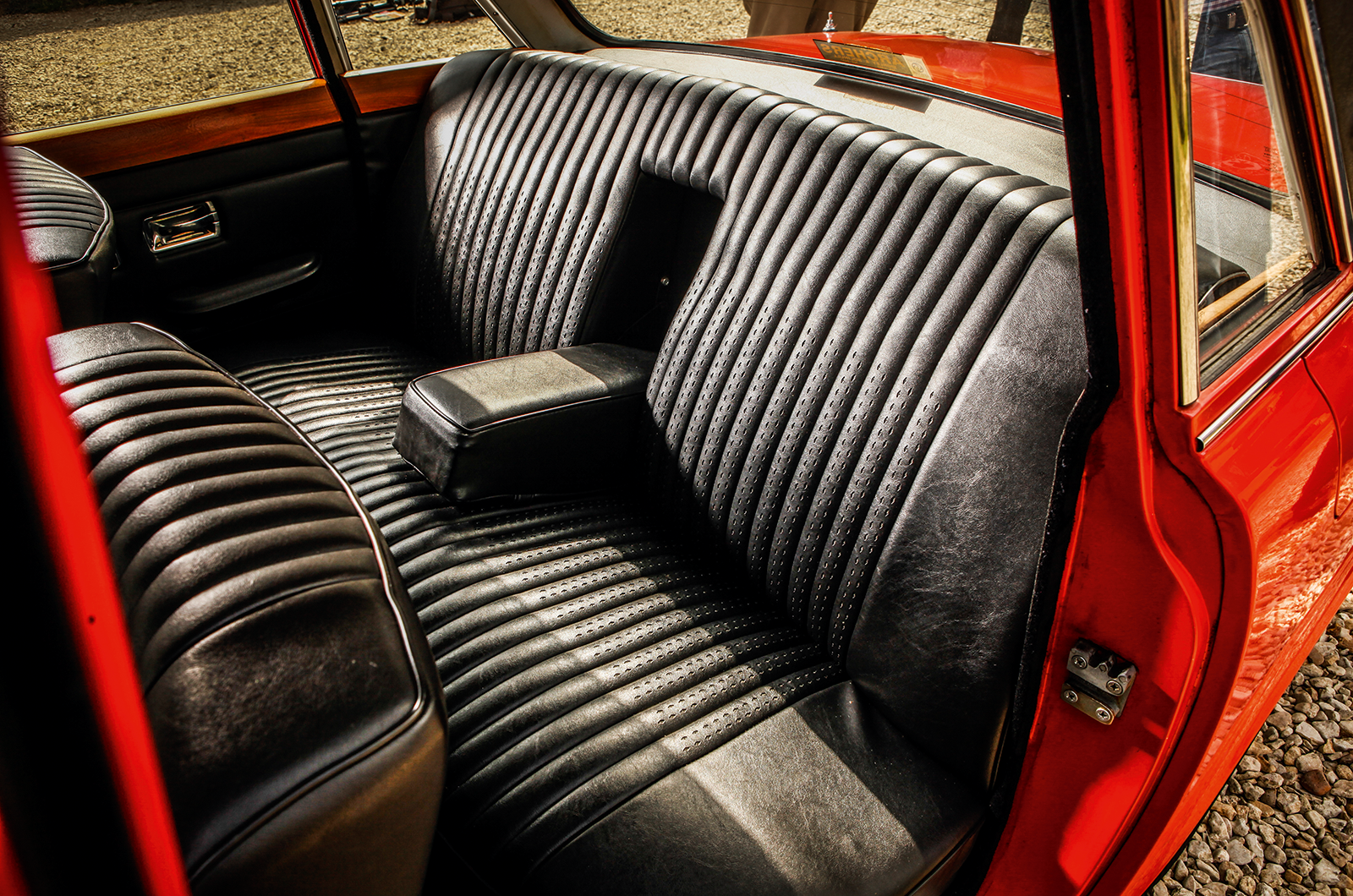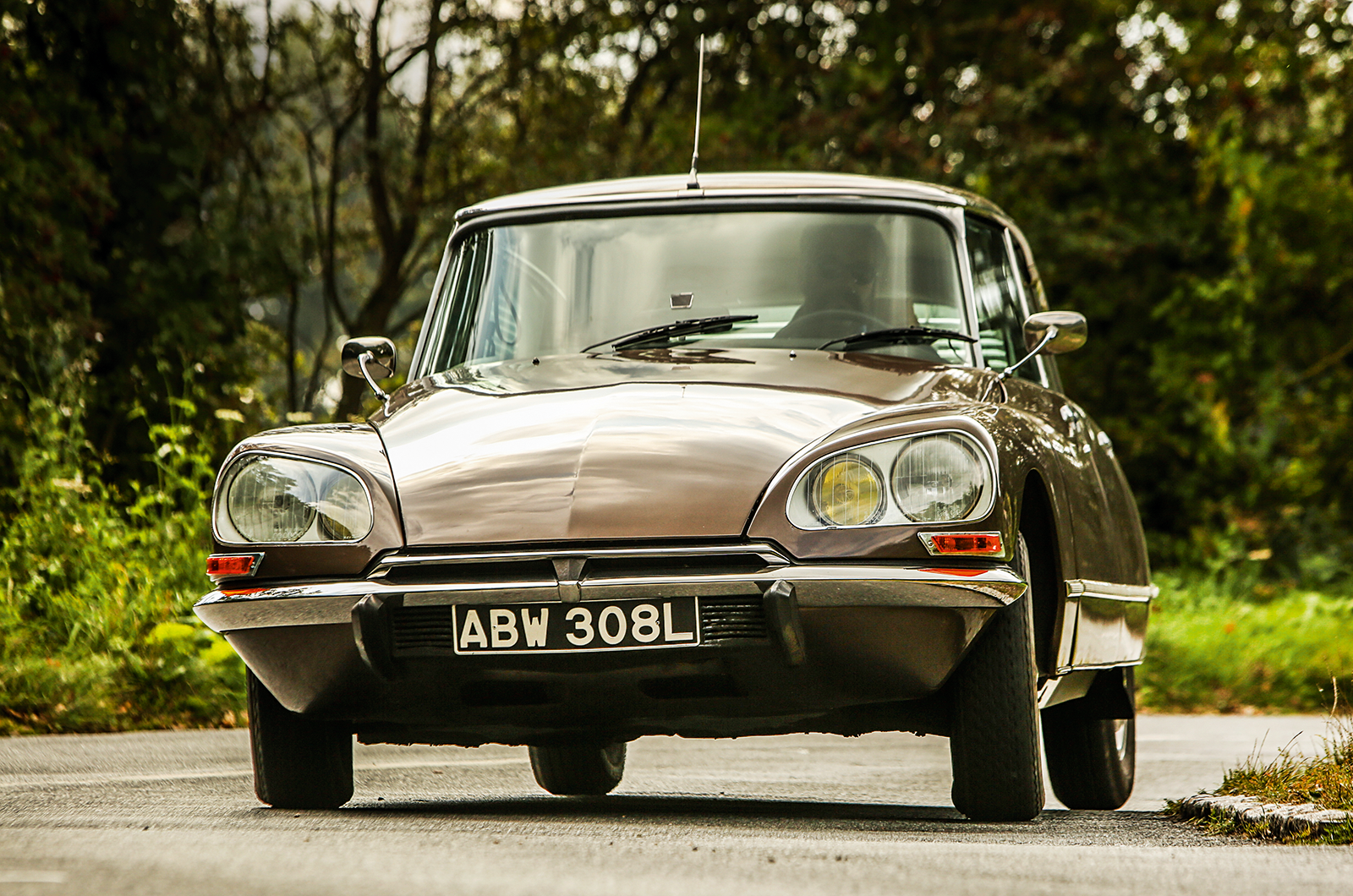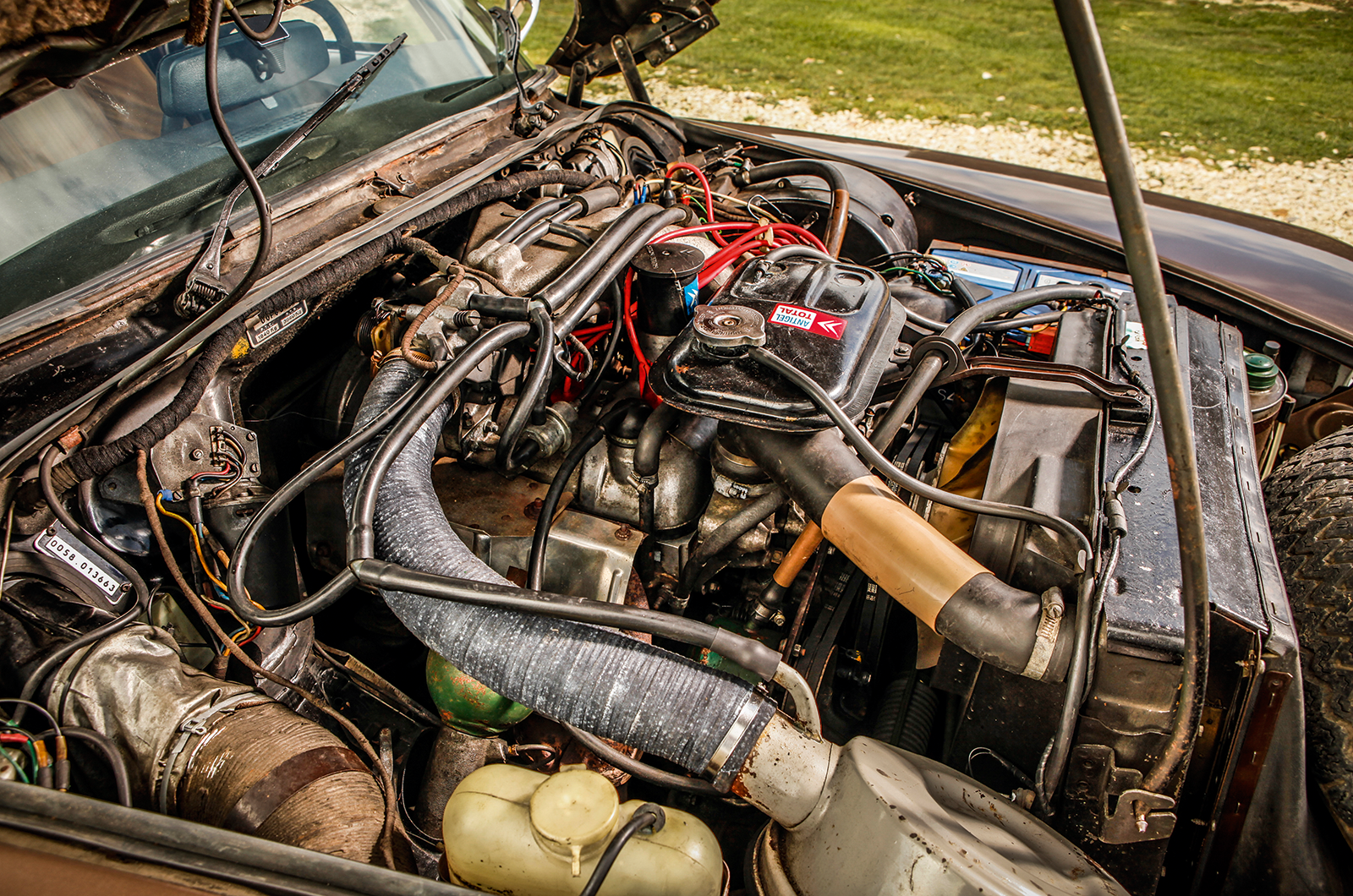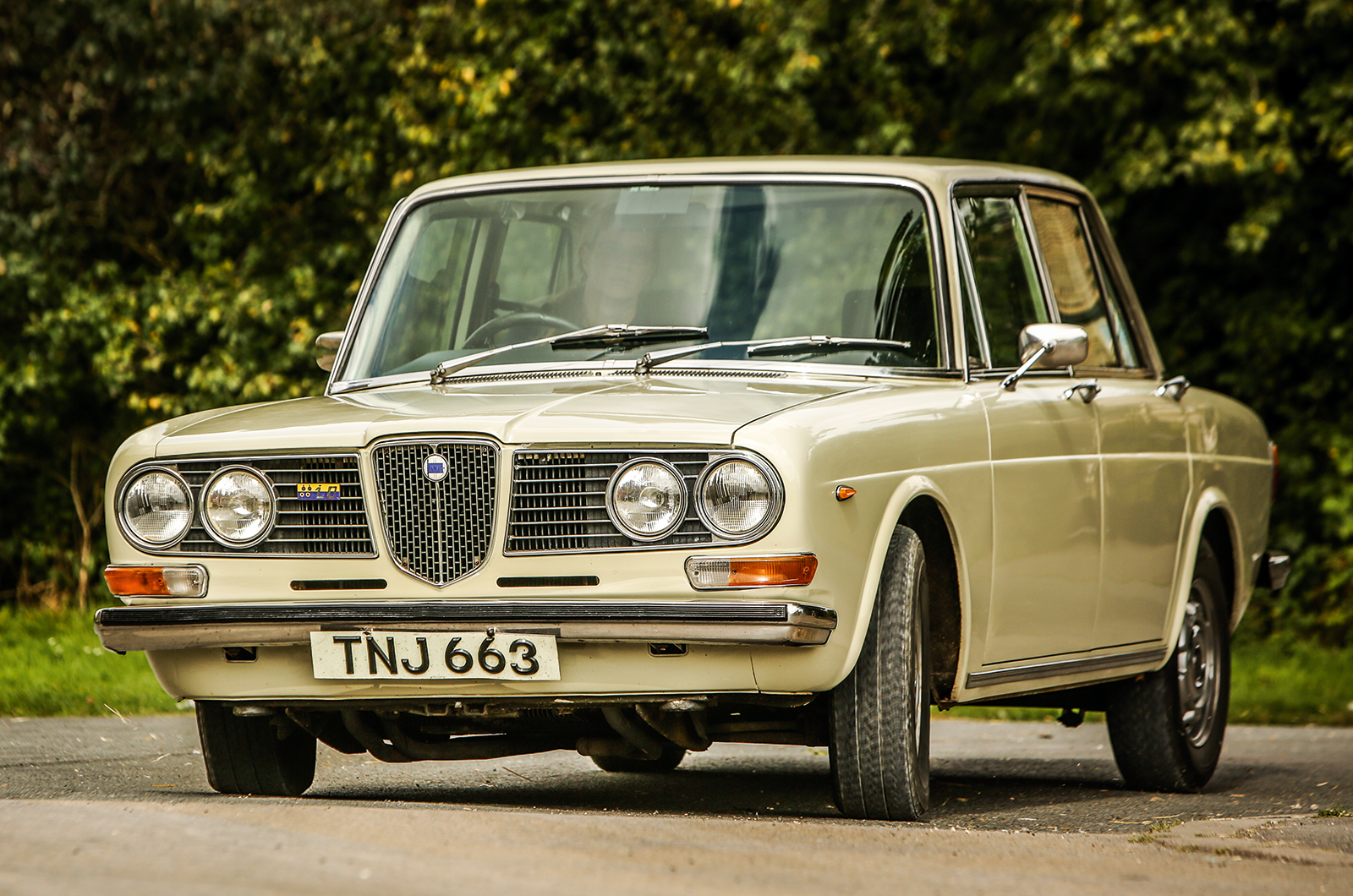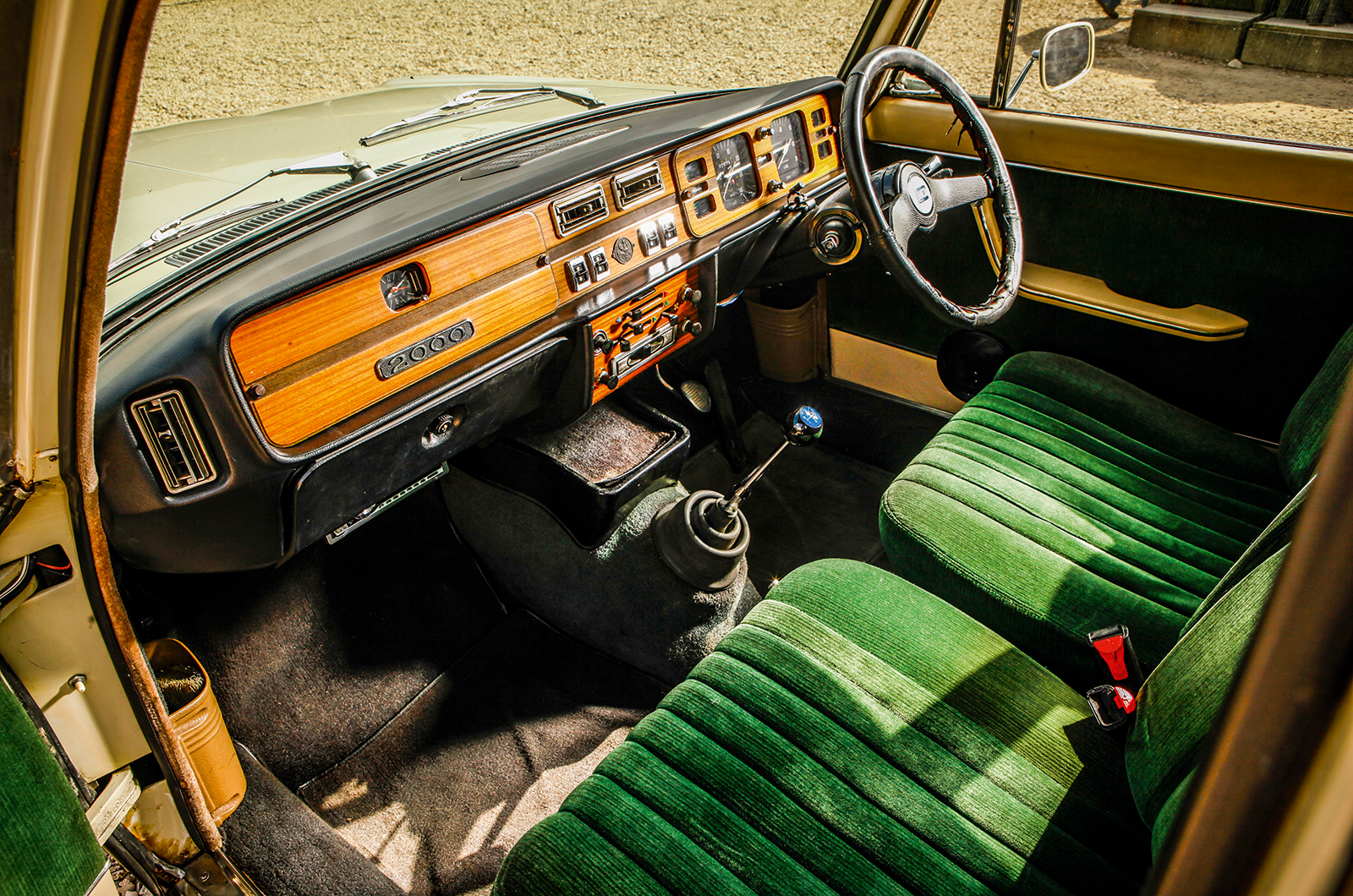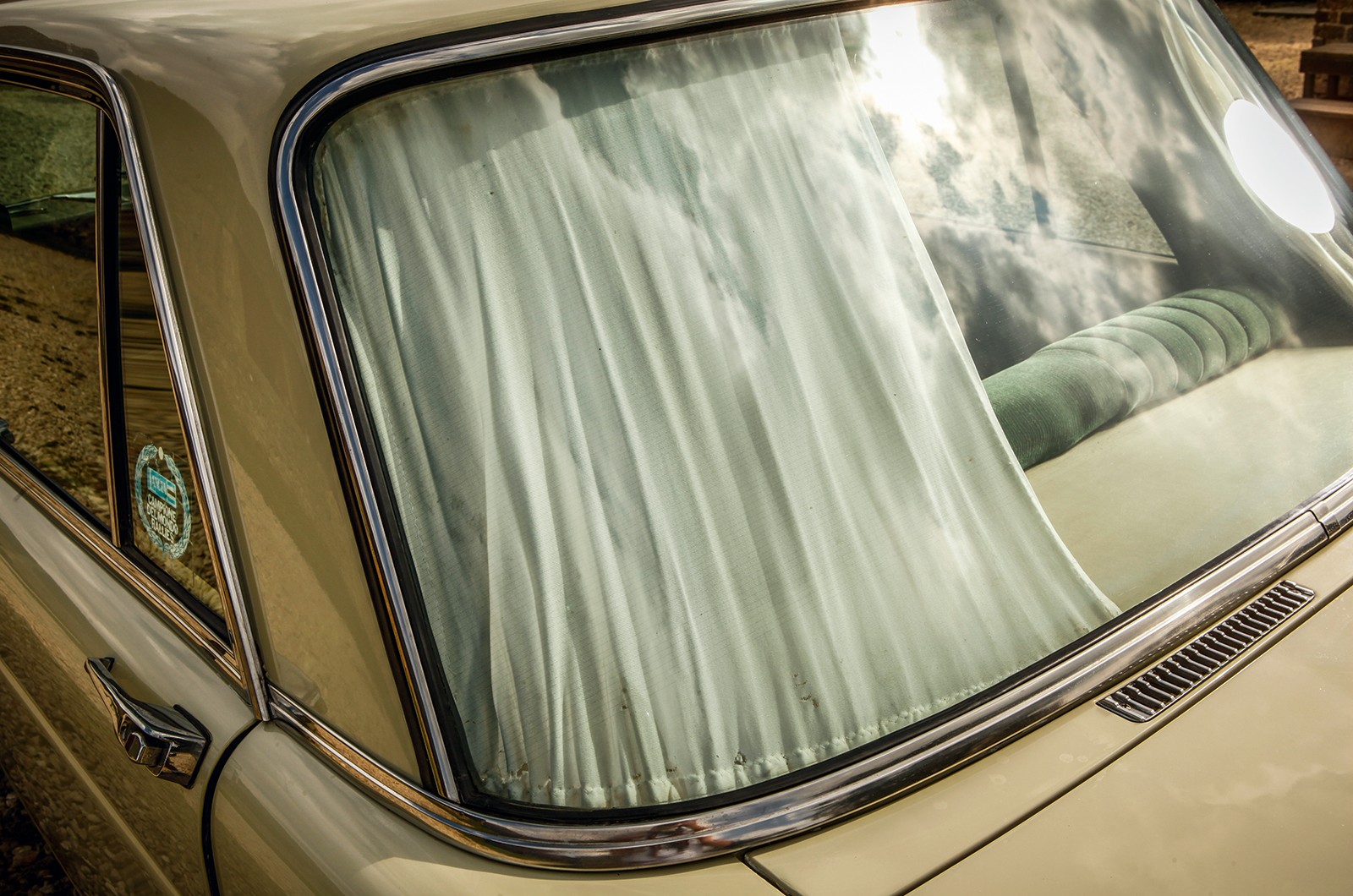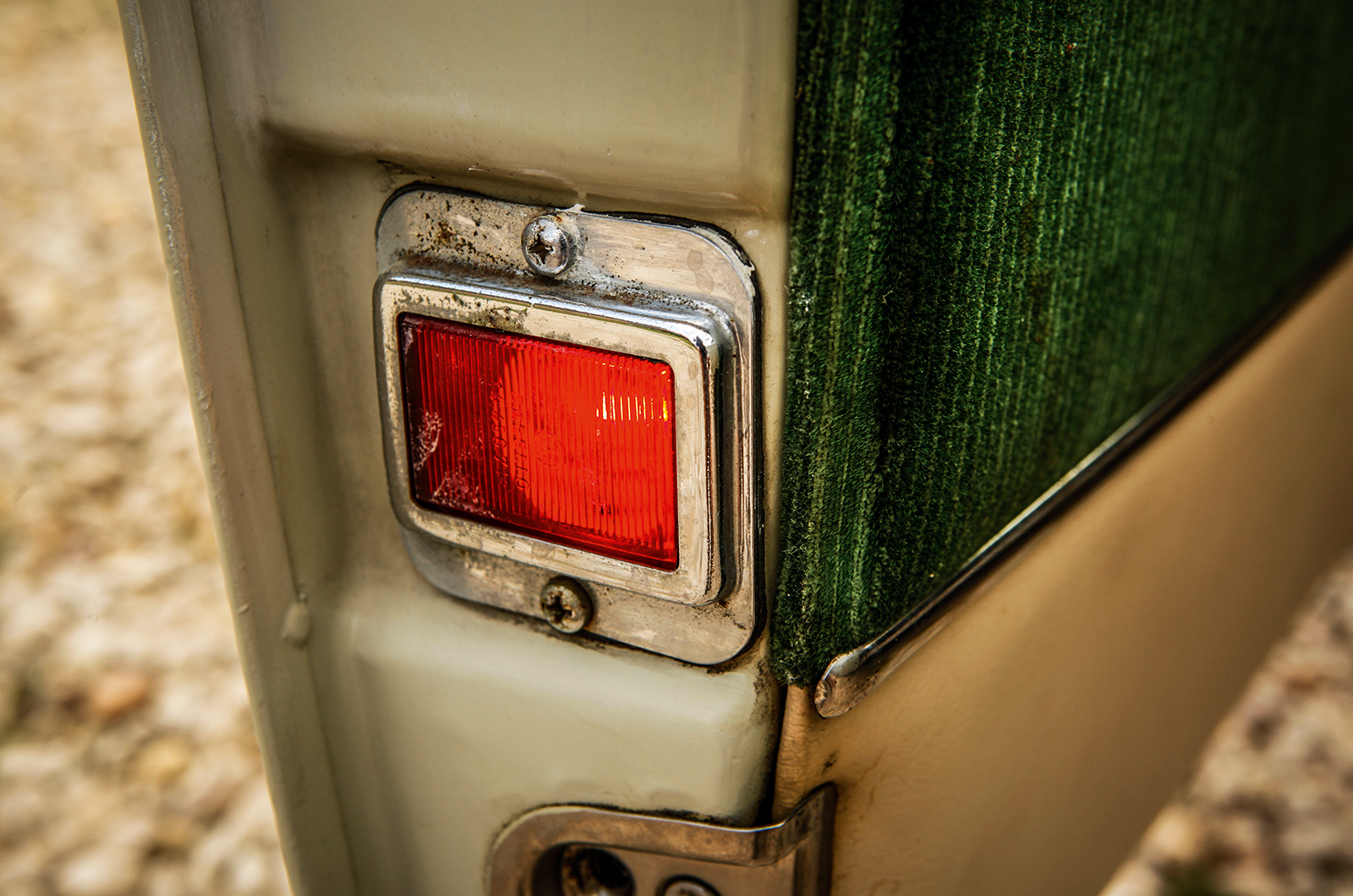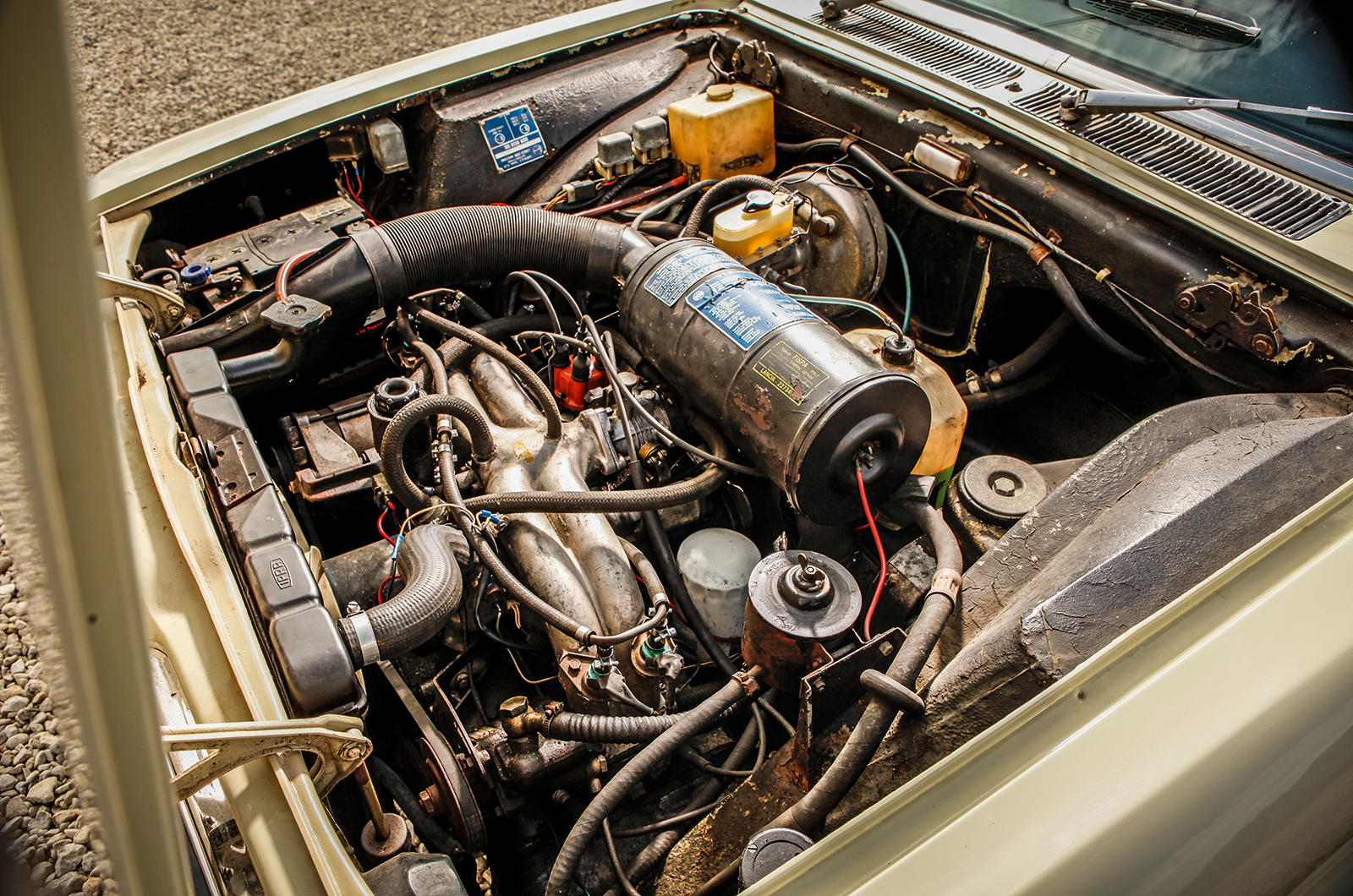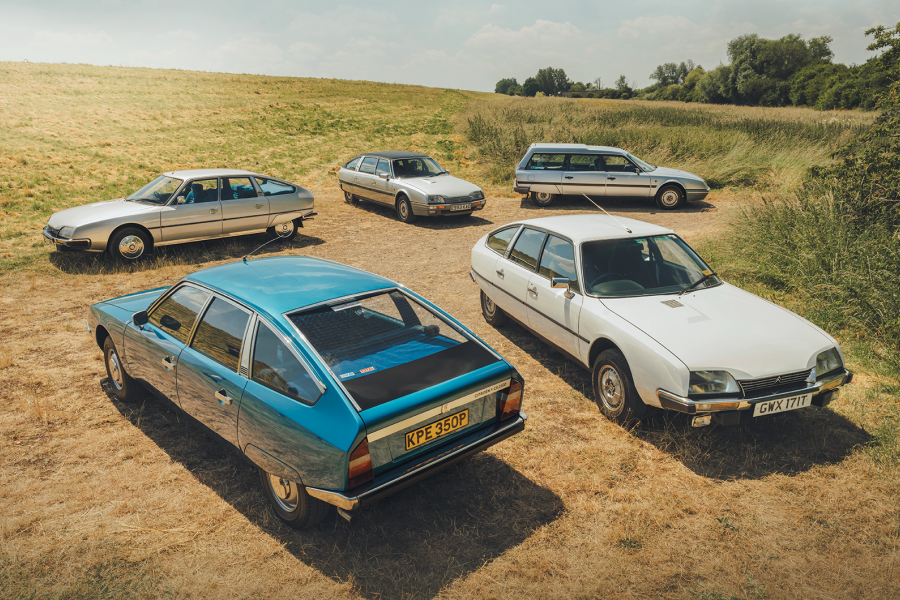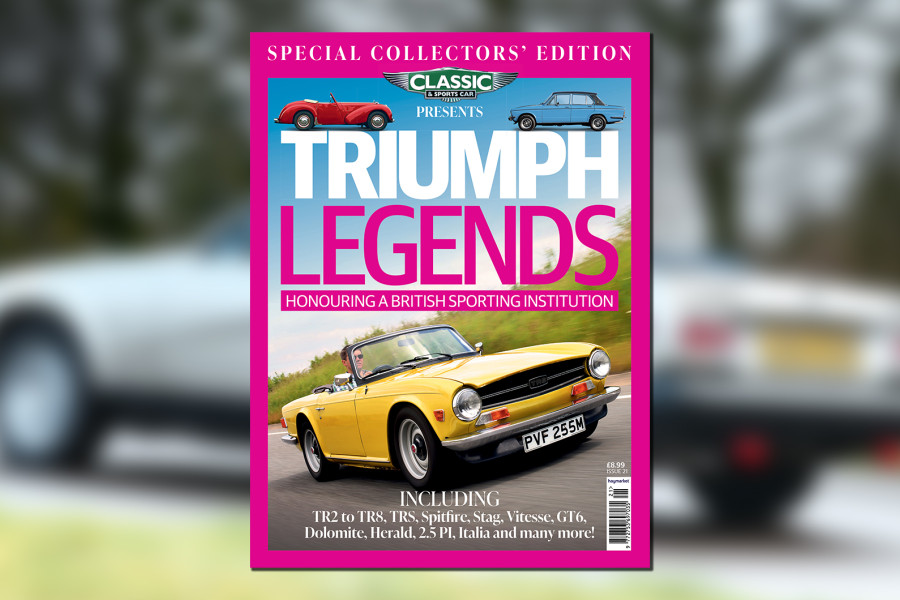Fiat took control of the firm in October ’69 and one of its early decisions was to rationalise the range.
The 1.5 and 1.8 were dropped by 1970 and only the recently launched 2-litre model was to remain in production.
In ’71, even the Flavia badge was discarded – it was believed to have too many associations with unreliability – when the Lancia was relaunched as the 2000.
The following year brought the IE, with easier-to-service Bosch electronics instead of the complex Kugelfischer mechanical set-up.
The rear curtains are one of the Lancia’s many quality touches
The shield-shaped grille on our Pistachio 2000 is a reminder of how Lancia’s management wanted to differentiate its flagship saloon from the Fiat-derived Beta.
The Art Deco-style instruments were also not to be found in the likes of the 130 or 132, although the 2000 needs no mod cons to establish its sense of individuality.
The sheer quality of the Lancia is conveyed not in the electric windows or the ZF power steering that were standard fittings on the IE.
Even the rear screen curtains and deep green upholstery, wonderful though both are, are not necessary to establish the 2000’s place in the motoring world.
The Lancia 2000IE’s door lights are a thoughtful addition
This is a member of the Flavia family and that is distinction enough, regardless of those deluded passers-by who enquire: “Is it a Lada?”
You sit upright at the wheel of the 2000, master or mistress of all you see, even if the dashboard looks as though it is made from Bakelite and the handbrake feels distressingly cosmetic.
There is also a hand throttle (like a choke), an interesting device that you may not expect with fuel injection, and firing up elicits an engine note that is as simultaneously refined as it is musical.
The IE does not so much offer blistering acceleration – yet it’s joint quickest here – but all that is wondrous about the 2000 in enhanced form.
Lancia’s flat-four engine is sweet-revving – it sounds great, too
It gave Home Counties motorists a moreish taste of La Dolce Vita.
The Lancia handles superbly, too, while its eager boxer unit urges the driver ever onwards.
If its appeal has to be summarised, it is as formal transport for five with the road manners of a Cooper ‘S’.
None of these saloons uses fuel injection as a gimmick, each deploying their respective system for sound engineering and marketing reasons.
The 2.5PI is yet another example of British Leyland’s propensity for ruining the prospects of its most promising models, a car that could have served as an opening act to a new generation of Triumphs had the parent company’s management understood quality control.
The IE Pallas achieves the difficult – indeed near-impossible – task of enhancing the DS formula.
And as for the IE Berlina, it is proof that automotive greatness is often low-key in form.
The 2000 is idiosyncratic, uncompromising and charming – the last of the true Lancias.
Images: Tony Baker
Thanks to: owners Robert Mannix, Lancia Motor Club; Jamie Piggott, DS Workshop; Jim Berriman, Triumph 2000/2500/2.5 Register
This was first in our June 2015 magazine; all information was correct at the date of original publication
Factfiles
Triumph 2500PI Mk2
- Sold/number built 1969-’75/49,742
- Construction steel monocoque
- Engine all-iron, pushrod 2498cc straight-six, with Lucas mechanical injection
- Max power 132bhp @ 5450rpm
- Max torque 153lb ft @ 2000rpm
- Transmission four-speed manual with overdrive or three-speed auto, RWD
- Suspension independent all round, at front by MacPherson struts rear semi-trailing arms, coil springs, telescopic dampers
- Steering rack and pinion
- Brakes discs front/drums rear, with servo
- Length 15ft 2½in (4636mm)
- Width 5ft 5in (1651mm)
- Height 4ft 8in (1422mm)
- Wheelbase 8ft 10in (2692mm)
- Weight 2767lb (1255kg)
- 0-60mph 9.7 secs
- Top speed 111mph
- Price new £1726
Citroën DS23 EFI Pallas
- Sold/number built 1955-’75/1,455,746 (all)
- Construction steel monocoque, with GRP (or aluminium) roof and aluminium bonnet
- Engine iron-block, alloy-head, pushrod 2347cc ‘four’, with Bosch electronic injection
- Max power 130bhp @ 5250rpm
- Max torque 144lb ft @ 2500rpm
- Transmission five-speed manual, four-speed semi-automatic or three-speed auto, FWD
- Suspension independent all round, at front by twin leading arms rear trailing arms; hydropneumatic units, anti-roll bar f/r
- Steering powered rack and pinion
- Brakes powered discs front/drums rear
- Length 15ft 11½in (4864mm)
- Width 5ft 11in (1803mm)
- Height 4ft 10in (1473mm)
- Wheelbase 10ft 3in (3124mm)
- Weight 2948lb (1337kg)
- 0-60mph 10.4 secs
- Top speed 119mph
- Price new £2883
Lancia 2000IE Berlina
- Sold/number built 1969-’74/19,965
- Construction steel monocoque
- Engine all-alloy, pushrod 1991cc flat-four, with Bosch electronic injection
- Max power 125bhp @ 5800rpm
- Max torque 142lb ft @ 4000rpm
- Transmission five-speed manual, FWD
- Suspension: front double wishbones, transverse leaf spring rear dead axle, semi-elliptic leaf springs, Panhard rod; telescopic dampers, anti-roll bar f/r
- Steering ZF power-assisted worm & roller
- Brakes discs all round, with servo
- Length 15ft 1¾in (4648mm)
- Width 5ft 3½in (1657mm)
- Height 4ft 11½in (1511mm)
- Wheelbase 8ft 8½in (2650mm)
- Weight 2723lb (1235kg)
- 0-60mph 9.7 secs
- Top speed 115mph
- Price new £2399
Enjoy more of the world’s best classic car content every month when you subscribe to C&SC – get our latest deals here
READ MORE
Bossaert GT 19: the last, forgotten Citroën DS sports coupé
Saloon bar brawn: Rover P6 3500S vs Triumph 2.5 PI MkII
Triumph GT6: Canley’s super six
Troubled succession: Lancia Aurelia and Lancia Flaminia
Andrew Roberts
Andrew is a long-time contributor to Classic & Sports Car
